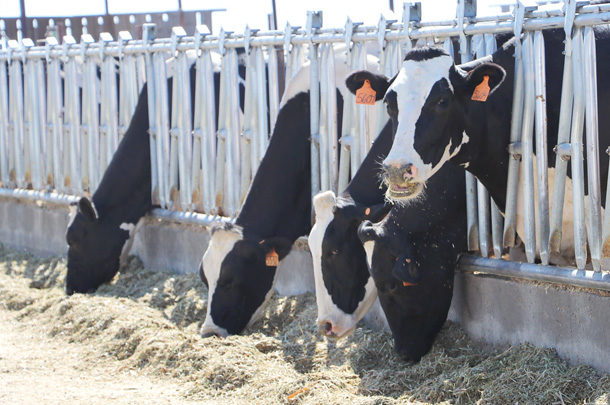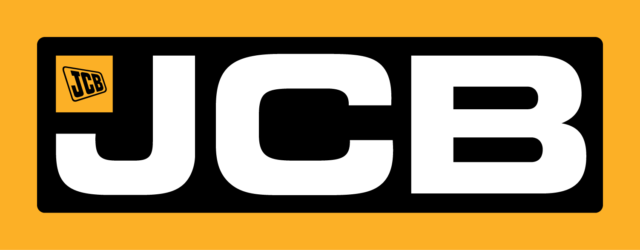On the modern dairy operation, feed costs are the highest input expense, making up 40% to 60% of all expenses.
In order to maximize feed dollars spent, dairy operations purchase and harvest high-quality forages, store them properly, look to reduce shrink and practice good feedbunk management. They are also tuned into the marketplace so, when they lock in feed contracts, they know they are getting the best possible price. And yet, while feed costs will vary year to year, the nutrients a cow needs to produce high-quality milk don’t change. It’s that reality that makes it hard to cut feed costs when necessary or control feed costs month to month. However, ration ingredients beyond the macro- and micronutrient needs can and should be examined regularly. With that in mind, let’s look at how you can audit feed additives in a ration to help balance your feed bill with your herd’s nutrient needs.
I’ll define a feed additive as any ingredient added to the diet beyond the cow’s protein, fiber, carbohydrate, vitamin and mineral needs. There is no end to this list, with products that profess to lower digestive upsets, enhance milk components, maximize feed efficiency, improve hoof health, transition cow health or reproductive efficiencies. The list of possible cures is endless. When it comes down to it, it is up to the producer with help from the nutritionist to decide which additives meet their dairy’s unique needs. Additives are sometimes used to address a short-term situation, like limiting toxin levels in a forage or to help with recovery from a heat-stress period. And sometimes they are used long term to help stabilize the rumen microbiome. Feed additives are generally added to the diet for good reasons. Still, a purposeful, periodic review of additives helps ensure the nutrition program stays on track with dairy goals. By regularly auditing feed additives, we prevent “additive creep” and can more effectively control ration costs over time.
It is not unusual to see additive costs in a diet add up to 50 cents to $1 per cow per day, and sometimes more. This additive creep happens easily over time. The nutritionist thinks every diet should include monensin (5 cents) for feed efficiency and a yeast product (5 cents) to help stabilize rumen function, and then a binder (15 cents) got added to deal with higher-than-desired toxin levels, and they wanted to be proactive with summer coming and added a K+ source (20 cents). By fall, they’re hit with more hoof lesions than typical, so they added some biotin and upped organic trace mineral sources (8 cents). By early winter, additive costs are more than 50 cents per cow per day in the diet. This raises the question: Are all of these still necessary? Of course, the answer is “it depends,” which is why a periodic review of additives should be done quarterly or, at minimum, annually.
When starting the audit, take each ingredient and look at it through a magnifying glass. Be careful not to forget that many feed additives have become key to maintaining profitability on the dairy, so these audits are not just about lowering costs. Auditing a ration is more about ensuring a balance between price and performance. Here is the step-by-step audit process I recommend.
Auditing feed additives
1. Why was the additive added to the diet? Does that issue still exist? This question is best answered through good records around the nutrition program. You can more effectively answer these questions if you remember why and when the additive was added to the diet. If it appears the feed additive is no longer necessary, then it could likely be removed without any negative consequences.
2. Have we done whatever is possible to remove the underlying problem? Let’s say an additive was brought into the diet to reduce high yeast counts in forages. Since that time, particular management attention was put on managing the bunker or pile face, and yeast counts are well within the expected range. Again, if the underlying problem was solved in another way, the additive could be removed without negative consequences.
3. Has the additive performed as intended? Was the desired result achieved? If the underlying problem was not resolved and still exists, did the additive help improve the situation? If no, then we should remove the additive and/or look at alternative solutions. If yes, it should be continued.
4. Is this the best or most cost-effective solution? Are there new or different options that need to be considered? New products are constantly being researched and brought forward to the market. It might be necessary to consider whether the additive we are using is still the best and most cost-effective option in the market. An example here might be replacing a product with a new generic product equivalent in performance but at a cheaper cost.
5. What is the strength of research and/or relevant farm-level results? Not all additives are created equal. Some have a known mechanism of action, large amounts of research and a solid technical team to back it up. Some don’t. Are you working with a proven product with a highly repeatable outcome?
6. Can we afford it? Does it add a positive return or mitigate a negative outcome? I often hear: “Milk price is down, so pull these additives out of the diet.” If the product is working, it is either bringing a positive benefit (better components) or minimizing a negative (fewer foot problems). In either case, it is bringing value. Milk price should never be the criteria for including or excluding a feed additive in the ration. The only reason to pull the product is if you don’t have the cash flow to pay for it. Just remember: If you pull it for cash flow reasons, it is likely cash flow will get worse, not better.
When doing your additive audit, you might want to consider all your available resources for information. Include your nutritionist, veterinarian and the product sales and technical support team. Challenge the product sales team with direct and simple questions about the additive’s abilities and what might be expected with your diet’s inclusion. Ask them: In what situations has this additive worked best? Feed additive representatives will be honest when asked straightforward questions to learn and make good decisions for your dairy.
At the end of the day, the decision to use additives in the diet lies with the producer. The producer should surround themselves with advisers who do not have a personal financial gain in a decision to use an additive. Sales representatives from the company should be relied on to give the information to make a good decision, but not the decision itself. Using unbiased advisers will help separate the chaff and help make the best health and production choices for the cows and the best economic choice for the dairy.
Key take-aways
- Feed additives can increase your feed cost per cow per day significantly. It is necessary for the producer and nutritionist to conduct a periodic review of feed additives in the diet to help control feed costs.
- Feed additives are included in the diet for specific reasons. It is up to the producer and the nutritionist to determine if those reasons are still valid today.
- Not all additives are created equal. Assess the research, experience on farms like yours and proven returns on each unique product.
- Milk price should not determine if a feed additive is appropriate. Either it’s helpful, or it’s not. Milk price will affect the return on investment, but not the need.
- Use all your resources to get complete information and make an informed decision.








